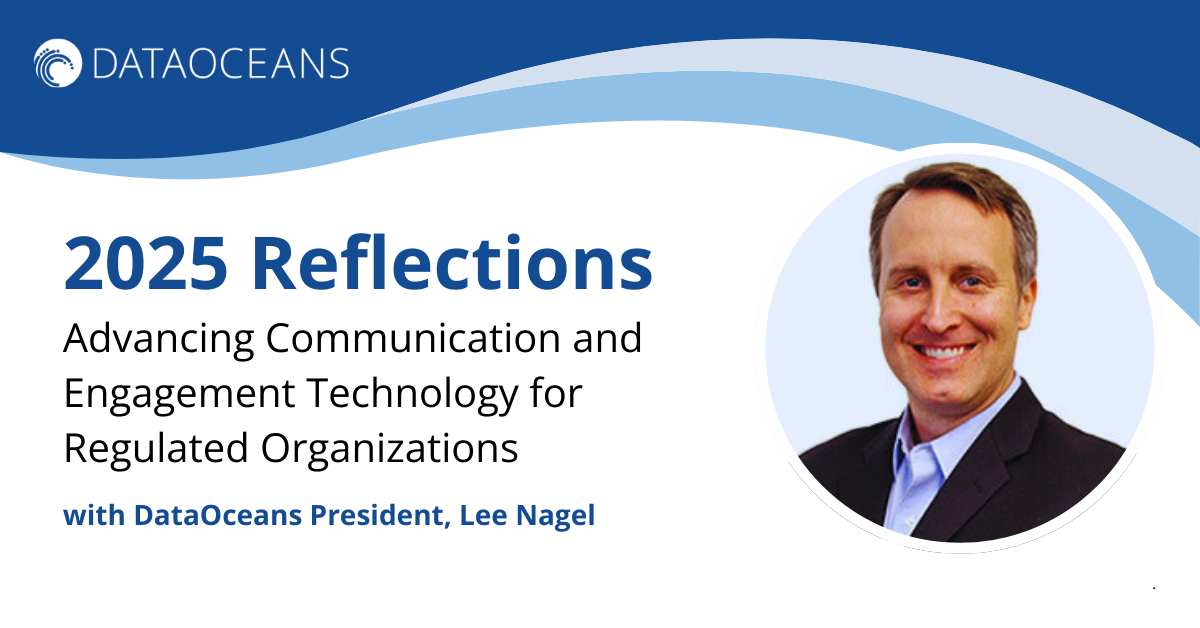Despite the rapidly changing technology landscape, health care providers are generally slow to adopt new solutions that can make operations more efficient. Many providers still favor printing and mailing documents and materials, rather than using more efficient electronic means. Post-surgery, for example, a patient may receive a series of printed statements from a provider as their charges are processed through insurance. These are unhelpful and lead to patient frustration and unnecessary calls to a call center.
For most of our lives we are consumers first, and patients second. Our expectations for the medical communications we receive are informed by our experiences with other commercial entities. To stay competitive, hospitals and health care providers need to deliver the same level of communication that patients receive from commercial enterprises like car dealerships and department stores.
Of course, health care providers have to deliver a much wider scope of communications, including appointment reminders, phone support, a patient portal, billing, and insurance. Much of this data is stored across different systems, and it can be a challenge to keep those systems – many of them outdated – in alignment. But it’s critical. Patients who receive incomplete or incorrect communications may not leave their provider, but their frustration and diminished trust means administration staff will have to spend more time answering their questions.
Fortunately, there are new solutions for health care providers and institutions planning to transition away from outdated systems. They focus on improving the patient experience by centralizing patient communications into a seamless, digital system. Benefits for healthcare providers include:
- Advanced messaging capabilities
- Lower printing and postage costs
- Reduced administrative and call center costs
- Expedited payments
Try Electronic Delivery First
Digital transformation requires a “digital first” mindset. Important communications like billing statements, test results and appointment reminders should be delivered electronically to cut costs and save time. During initial registration, patients should be informed about electronic document delivery options and given the opportunity to choose among text messaging, email and/or hard copies for important documents and alerts. Though patients want more health care information communicated digitally, that doesn’t necessarily include
vital information like billing statements. Many patients fear losing medical bills or statements in their email inboxes, and a hard copy is a good reminder and record. Patients may still prefer having the option to pay bills digitally, even if the bills themselves are printed.
Promote Digital Options for Existing Patients
Once electronic communications are set up, it’s important to make sure that existing patients know this option is available. Patients should be informed and reminded that digital communications are available to receive documents, view and pay bills, and more. Email and text disclosure should be a standard part of this process so you can present opportunities for digital interaction for things like appointment reminders.
Centralize Contact Information
A patient’s contact information is included in health care documentation but is only occasionally used. Patient contact information should be centralized to allow all departments to access it and provide a seamless experience and streamlined communications. That said, it’s important to disclose how and when patient contact information will be used.
Transform the Patient Experience
Health care facilities amass an incredible amount of high-quality data about patients – and that should include their communication preferences. This information can be used to provide effective and consistent communications that improve the patient experience and their health outcomes. A patient-focused, digital-first approach to communications can also save costs and enhance profitability for providers. If you’re considering e-delivery of patient communications, DataOceans can streamline the process with one platform that manages all delivery channels for operational efficiency and a better patient experience.
Contact us today to learn more.



.png)
.png)